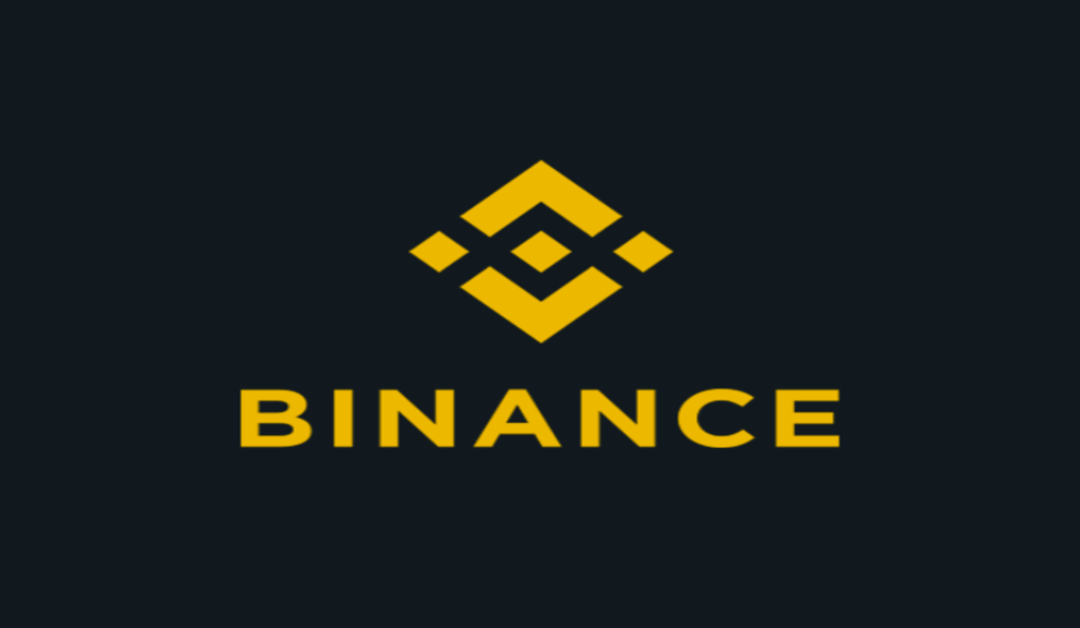
Bitcoin check: Impact of BRC-20 Standard and Ordinals NFTs on Satoshi’s Dream
Bitcoin was created in the aftermath of the 2008 financial crisis and was meant to be a digital monetary system that is independent of centralized control. However, as the mining rewards are getting squeezed due to multiple halvings and most of the coins being mined new BTC ‘products’ like Ordinals NFTs and BRC-20. But what are the implications of the new ‘innovation’ on the network
Tick tock tick!
It’s May 7, Binance, the largest cryptocurrency exchange network, goes to Twitter to announce a halt of BTC withdrawals citing network congestion. Binance reinstates the withdrawals about 1.5 hours later.
A few hours later, Binance halts BTC withdrawals again, citing the same reason as before, network congestion. This is the first time that the largest crypto exchange halted withdrawals of the largest crypto asset. But why is this ‘impossible occurrence’ happening now?
Blameshifting began, with some even selling some FUD about the Binance exchange. However, the biggest share of this blame was against new technologies arising on Bitcoin. What new technologies?
The Dawn of Bitcoin Ordinals
Ordinals NFTs are a unique class of non-fungible tokens based on the BTC blockchain. Since its launch in early 2023, Ordinals NFTs have received massive hype within social networks.
Ordinals leverage a protocol that numbers Satoshis with unique serial numbers helping trace them amid transactions. The creator of Ordinals discovered that it’s possible to inscribe some data, including images, videos, and others, on Satoshis.
Simply put, Ordinals are NFTs based on the Bitcoin network. Ordinals reside fully on the blockchain and do not require a sidechain or separate token.
BRC-20: A New Token Standard
When you see BRC-20, what rings in your mind? You probably recall a popular Ethereum standard, ERC-20. But no, it’s BRC-20. What is BRC-20?
BRC-20 includes DeFi-like tokens on the Bitcoin network. Essentially, BRC-20 stands for ‘Bitcoin Request for Comment’ and introduces a new class of tokens inscribed on Bitcoin’s Satoshis.
Domo, an anon on-chain data specialist, first pioneered this system. The user claimed that the general idea of BRC-20 was derived from a Twitter conversation.
Satoshi Dream: Creating the Future of Finance
It’s impossible to 100% visualize what Satoshi thought when creating BTC. However, the whitepaper paints a slightly blur picture of BTC as the future of finance.
The practical applications of Bitcoin in the past indicate that Satoshi wanted a decentralized, peer-to-peer, and transparent yet anonymous payment system. At the heart of Bitcoin’s creation was empowering true value exchanges.
Satoshi invented the Bitcoin network with the ultimate aim goal of ensuring there is complete financial freedom. With this system, the rich and poor would have equal chances of storing funds and making payments.
However, Satoshi’s dream also included providing an efficient operating network. So, the real question is, how will new technologies like BRC-20 and Ordinals NFTs affect Satoshi’s original dream?
New sub-Technologies Killing Satoshis Dream?
The new technologies have created a risky scenario on the Bitcoin network leading some to speculate that doom is facing BTC. The risky scenarios are as below;
Overcrowding Issues Face the Future of Money
Satoshi’s money for the future has been suffering slow settlements. Bitcoin’s decentralized nature indicates that Satoshi wanted users to enjoy unfathomable speed. However, owing to possibly a slight miscalculation, BTC could only deal with seven transactions every second. The lightning network was later introduced to improvise BTC’s transaction processing mechanism.
The emergence of new technologies has been a source of congestion in Bitcoin. How? Owing to the rise of these technologies, there has been a massive increase in transactional activities in Bitcoin. The surge has caused congestion within the network.
As mentioned earlier, between May 7 and 8, 2023, Binance halted BTC withdrawals twice. This is because of congestion.
Data from Mempool indicated that the number of unconfirmed transactions stood at over 454 thousand. This number ranged between 400k and 500k pending transactions at a time.
Mempool’s data showing Bitcoin’s unconfirmed transactions
The congestion in Bitcoin is mainly attributed to the new technologies, i.e., BRC-20 and Ordinals. Bitcoin receives thousands of transactions every minute based on Mempool data. Bitcoin maximalists have similar sentiments about the current source of BTC congestion.
Bitcoin Fees Jump Higher Than The Daily Wage of Over 4 Billion People
The new techs on Bitcoin have caused a fee surge on the network. Of course, Bitcoin fees have been troubling for years, especially in times of bull markets. The highest Bitcoin fee was reported in 2021 at over $60 when the coin’s value was over $60k.
It’s surprising that the recent fee upsurges are occurring amid a bear market— or is it really surprising? The recent flooding of transactions created a fee problem. Reports indicate that Bitcoin’s transaction fees surged to a 2-year high.
Blockchain.com data on historical Bitcoin fees
There have been reports of fee issues in countries like El Salvador, which use BTC as a legal tender. A crypto enthusiast posted a tweet noting how the Bitcoin fees affect the average user.
In this tweet, Marce Romero mentioned that she witnessed a transaction where a user paid $20 in fee for a transaction of $100 BTC. The average monthly salary in El Salvador is $350. If someone has to pay $20 per $100 transaction, an average El Salvadoran uses 20% of their salary as a fee.
Another article on Ethereum fees indicates that the average daily wage for about 4.2 billion people globally is $21. If someone has to pay $20 per transaction on Bitcoin, they spend all their wages on transaction fees. Well, can anyone do that? Of course, No! So, where does this leave mainstream crypto adoption? It’s ultimately slowed.
Are Miners Extraordinarily Benefiting at the Users’ Expense?
As the fees surge, a small group of Bitcoin stakeholders becomes the biggest beneficiary. Who? Miners
Mining companies have been major beneficiaries of network congestion. The stocks of Bitcoin mining companies effectively surged in the days preceding and following the BTC fee surges. Hopes of higher fees drove all this. The mere fact that miners are now benefiting extremely at the expense of average users exposes the crisis in Bitcoin.
Note: The Bitcoin dream was to foster fairness and equality, not enrich some at the expense of others.
Harper from Luxor Technologies, a mining company, noted that the BRC-20 standard doubled their miner revenue. He also noted that the fee would eventually revert to their original averages. Based on Harper, investors should expect to see similar occurrences in the future when new mints and inscriptions use Bitcoin.
Another mining company spokesperson Nazar Kan of TeraWulf mentioned that BTC fees would slow down in the long term.
The CEO of MicroStrategy, Michael Saylor, even publicly said, “If I was a miner I would be ecstatic.”
Another Bitcoin maximalist, Clark Moodie, highlighted that “high fees are good for Bitcoin.” However, many respondents claimed that high fees only benefit Bitcoin miners.
The positive: Developments create a Decentralized Economy
Despite having a dark side, the recent developments on Bitcoin have a lighter side too. The Bitcoin network can now be home to a new decentralized economy.
Now, Bitcoin is earning more use cases in NFT and DeFi. DeFi and NFT are what mainly constitute a decentralized economy in Ethereum. As we see the rise of DeFi-like tokens in Bitcoin, this is great for the future of this network.
Den Held, a Bitcoin enthusiast, recently tweeted that “Bitcoin DeFi is just getting started,” highlighting examples like Ordinals, DLCs and Lightning.
The growth of NFTs and DeFi tokens will dawn a world of opportunities within the Bitcoin network. Creators in the artistry industry can use Bitcoin’s technology and reputation to build trustworthy NFTs.
Another fascinating aspect of the new technologies in Bitcoin is the possibility of the emergence of layer two solutions. Several Bitcoin network enthusiasts lightly highlighted this.
Muneeb.btc, a Bitcoin network enthusiast, highlighted that recent events that triggered high fees could drive the creation of layer two solutions for the network.
When Ethereum faced such a crisis, several layer two solutions like Polygon, Arbitrum, and more were created. As the largest crypto network, Bitcoin’s developments will likely attract attention faster, creating layer two options.
Another Bitcoin enthusiast, the Wolf of all Streets, had similar sentiments about recent developments within Bitcoin. The user highlighted the vitality of L2s, especially when L1 blockchain fees become unbearable.
Calls to increase Bitcoins blocksize have also been quite prevalent within the blockchain ecosystem owing to recent problems. Some community members believe boosting the blocksize will help cater to the ordinals’ inscription data. However, the technological adjustment has already been tested in BTC, leading to the rise of Bitcoin Cash.
Finally
This guide has looked into the new technologies on the Bitcoin blockchain, including BRC-20 and Ordinals NFTs. It is clear that while the tech has some negative impacts, it’s also great for ascertaining the future of BTC by adding new use cases and more developments.





